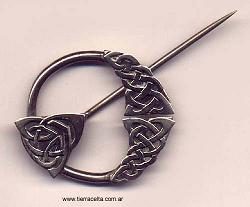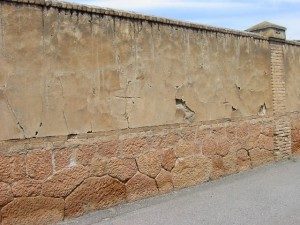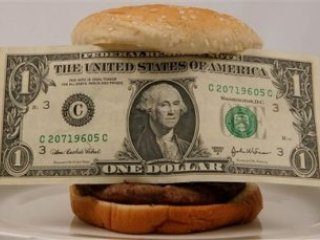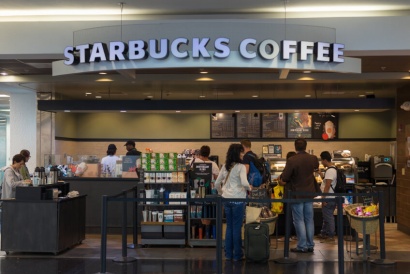History and concept of Mexico, and map (click on the image to show full)

iStock - woewchikyury
Mexico or United Mexican States, as an official figure, it is a country that belongs to the American continent, more precisely it is located in the southern part of North America and is then made up of 32 states that have a congress and their own constitution. Mexico City, also known as DF (Federal District) is the capital of the country and the area in which the powers of the Nation reside, although despite this situation it does not depend or belong to any state, but to the Federation in its entirety.
Regarding geography, Mexico has a territorial area of 2 million square kilometers, a fact that leads it to occupy the 14th position in the ranking of the countries with the largest surface area and allows it to host a vast population that today reaches 106.7 million inhabitants, being the most important of the Spanish-speaking countries. Meanwhile, the territory borders the United States to the north, the Gulf of Mexico and the Caribbean Sea to the east, the Pacific Ocean to the west, and Belize and Guatemala to the southeast.
Its extensive coastal area, especially the eastern side, has made it popular for vacation destinations with its paradisiacal cities such as Playa del Carmen, Cancun or Tulum. Like the entire Caribbean area, its turquoise waters, the radiant sun and the soft white sands are an almost dreamlike place.
According to its constitution promulgated back in 1917, the country's form of government is a Democratic, Representative and Federal Republic And like any republic it enjoys the division of powers: the executive that falls on the person elected via elections, the legislative in the Congress of the Union and the judicial in the Supreme Court of Justice of the Nation.
From its consideration as a free and independent country, Mexico has been the protagonist of relations with both the Central and South American regions, such as, for example, the signing of a complementation agreement with the MERCOSUR block (Common Market of the South); but also with the United States and Canada, its geographic partners in North America. With them, it is part of the NAFTA agreement, of international cooperation. Likewise, its border crossings to the United States of America have been a permanent obstacle, which led the Anglo-Saxon country to delimit blockade zones to prevent illegal immigration. The border in the Tijuana area is the best known, where the walls erected by the US armed forces are located, and from where thousands of Mexicans every year try to cross the borders between the two countries illegally. More than 30,000 Mexican citizens have lost their lives trying to cross the border walls, escaping the controls of the United States police.
The history of Mexico dates back to more or less 30 thousand years ago when the territory was populated by agricultural Mesoamerican cultures, aridoamerican nomads and the Oasisamericans; and closer to our time, in the fourteenth century, it also knew how to be the cradle and the scenario of development and growth of one of the most admirable and advanced civilizations of the pre-Columbian period: the Aztec civilization.
 Although for much of its history agriculture was one of the main economic activities that the country developed, already in the 20th century, the exploitation of oil and lately the development of the industry, have contributed to diversify the country's economy.
Although for much of its history agriculture was one of the main economic activities that the country developed, already in the 20th century, the exploitation of oil and lately the development of the industry, have contributed to diversify the country's economy.
One of the most relevant current problems in Mexican society is drug trafficking and the formation of mafias around illegal businesses. The illegal market associations, known as “cartels” are groups of powerful traffickers, who even make use of armed violence. In addition, overpopulation and the loss of quality of life is another of the crucial issues that Mexican society is currently considering. Mexico City is one of the cities with the highest level of environmental pollution globally.
As for popular festivals, two stand out: one of them is the Cinco de Mayo celebration, which recalls the Mexican victory over the French invasions at the Battle of Puebla. Another outstanding celebration is the Day of the Dead Festival, which is celebrated every November 1, in accordance with the same holiday that the Catholic Church performs. It is common that, during this date, they also remember and pay tribute to those immigrants who tried, in vain (losing their lives) to cross the border docks into the United States.









